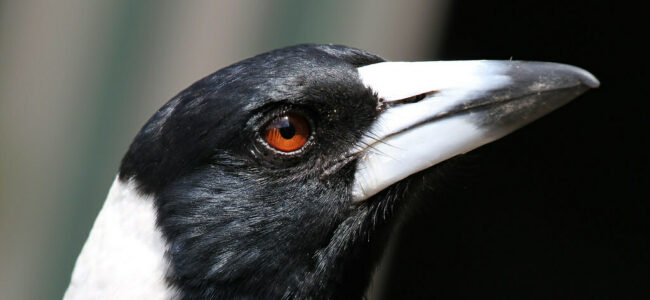
Bird Entertainment for a Linguist
Intrigued by the superstitions and etymology surrounding the magpie, linguist Marten van der Meulen explores the rich and varied history of bird names across different cultures.
www.the-low-countries.com
High Road to Culture in Flanders and the Netherlands

Intrigued by the superstitions and etymology surrounding the magpie, linguist Marten van der Meulen explores the rich and varied history of bird names across different cultures.
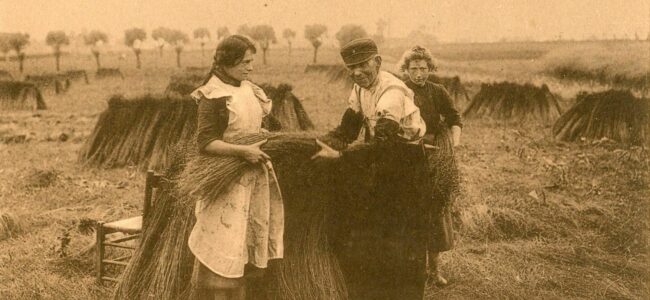
At the Texture Museum in Kortrijk, you can take an original look at how the flax industry once brought prosperity to the Leie region and what innovative opportunities the plant offers today.
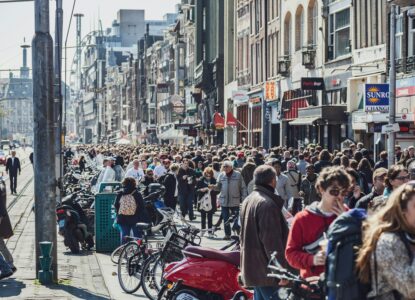
How are the Low Countries addressing the growing call for sustainable tourism, while also providing benefits to the residents of popular cities?
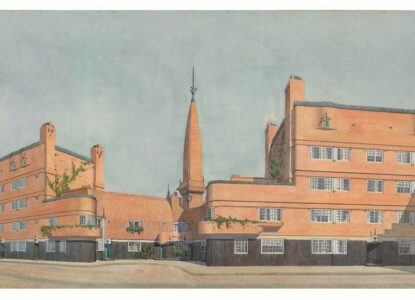
A beautiful exhibition at Museum Het Schip in Amsterdam honours the forgotten architect Michel de Klerk as a central figure of the Amsterdam School.
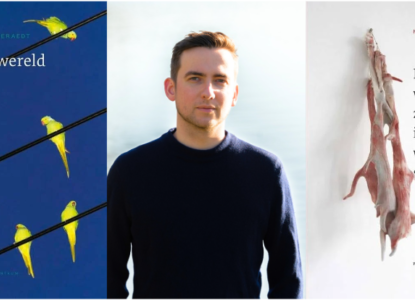
In his debut, poet Mattijs Deraedt closed his eyes to engage in introspection. In his second collection, Deraedt keeps his eyes wide open and shows the reader a fragile but shining world, down to the smallest details.

He has shot campaigns for fashion houses like Dior and Prada, and celebrities such as Tilda Swinton and Cate Blanchett have stood before his lens. Meet Willy Vanderperre, the first photographer to exhibit at the MoMu Fashion Museum in his hometown of Antwerp.

The founding of New York is often celebrated, but establishing the exact founding date and the part the Dutch played in its history is more complicated than it seems. Historian Jaap Jacobs delves into the city's past and wonders how New York's Dutch history and Dutch-American friendship should be commemorated in 2024 and beyond.

What exactly do students get out of their writing courses? Authors Lize Spit, Ester Naomi Perquin, Jante Wortel and Corine Hartman share their experiences.
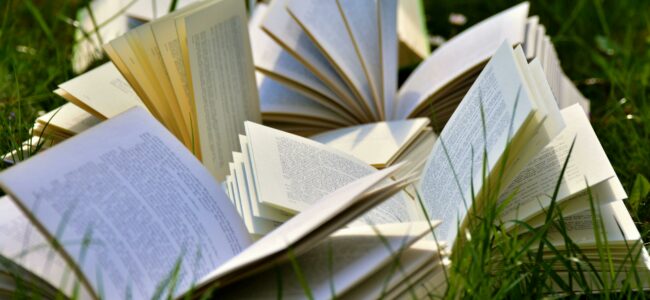
Big publishers of literature are suffering hard times, while smaller niche players appear to be doing pretty well. What's going on?

Belgium’s general practitioners may be sounding the alarm, but working conditions in the Netherlands are far worse.
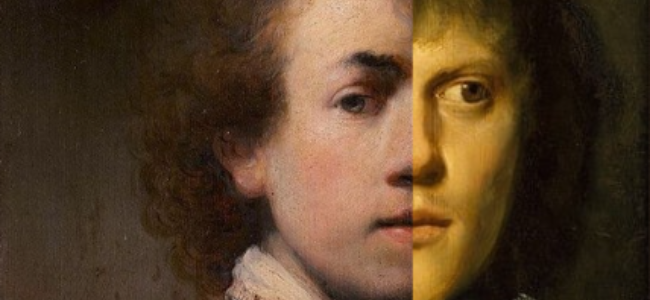
They both lived during the Dutch Golden Age, grew up in Leiden, were taught by the same painter, and painted the rulers of their time. And yet, Jan Lievens is not as famous today as his friend Rembrandt.
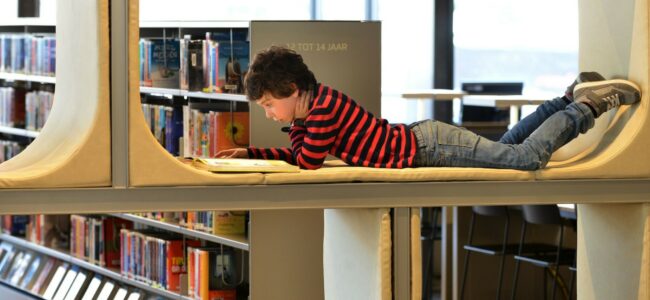
The library is experiencing a revival. How exactly do these ‘living rooms of towns and villages’ look? And are there differences between the Netherlands and Flanders?

Finding a place to live in Flanders may be expensive and time-consuming, but the Flemish housing market is a marvel of accessibility compared to its Dutch counterpart.
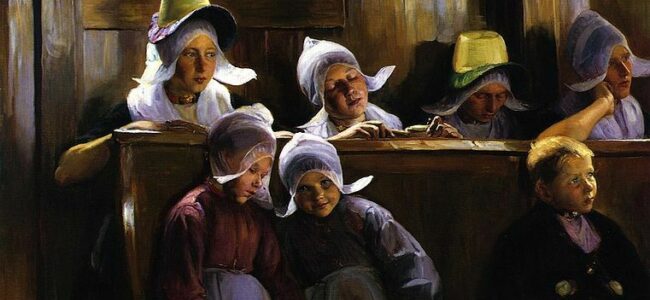
In his book 'The Discovery of Holland', Jan Brokken describes how the quaint fishing village of Volendam became a bustling artists' colony, attracting painters from all over the world with its enchanting opal light.
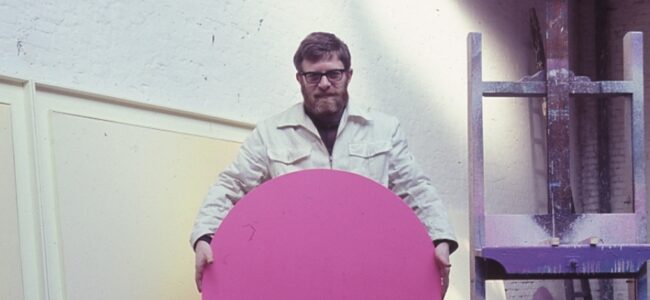
Forty years after his death, the Royal Museum of Fine Arts Antwerp is devoting a retrospective to the influential Flemish artist Jef Verheyen.
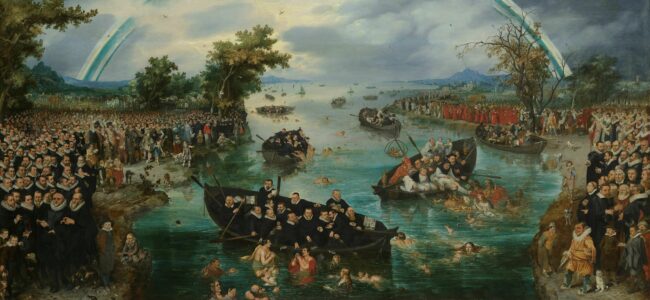
In her book 'Reformation in the Low Countries', American historian Christine Kooi delves into how politicians and Protestants came together in a revolt against the Catholic Habsburg rulers, thus laying the foundation for the Dutch Republic.
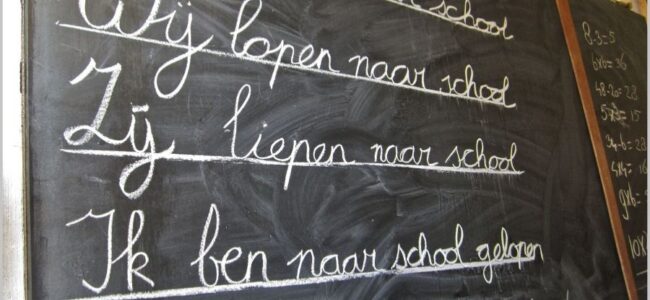
Dutch language rules contain great arbitrariness. Showing a little compassion for those who can’t immediately recall these rules is therefore warranted, argues linguist Marten van der Meulen.

Thirteen Flemish artists or organisations have been awarded an Ultima for their achievements in the socio-cultural sector.
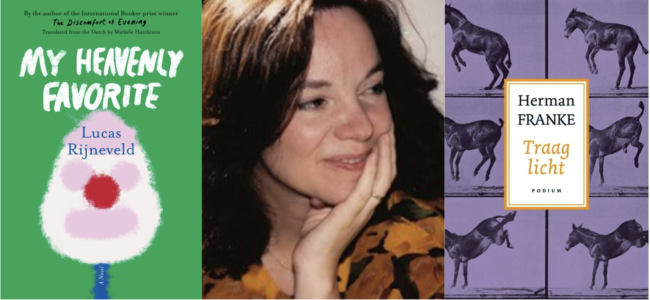
Hester Velmans excites us for a ‘gripping, shocking, upsetting and gross’ novel by Lucas Rijneveld, winner of the 2020 International Booker Prize, and for the last book by Herman Franke, who died far too early.
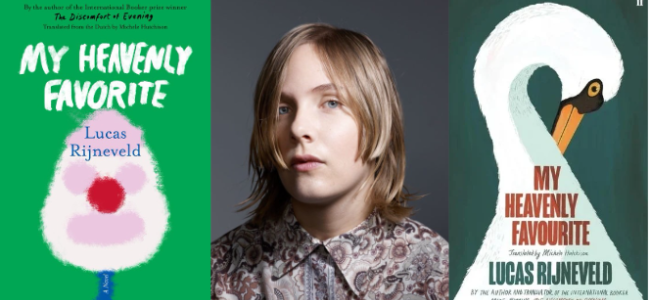
Every character navigates between conflicting desires in Lucas Rijneveld's second novel. It all makes My Heavenly Favourite even more claustrophobic than The Discomfort of Evening, Rijneveld’s debut novel, which brought him international acclaim.
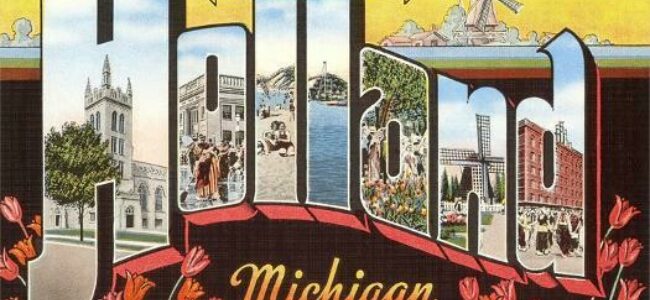
Holland has nailed just about every Dutch cliché you can imagine. That’s Holland, Michigan, in case you were wondering.
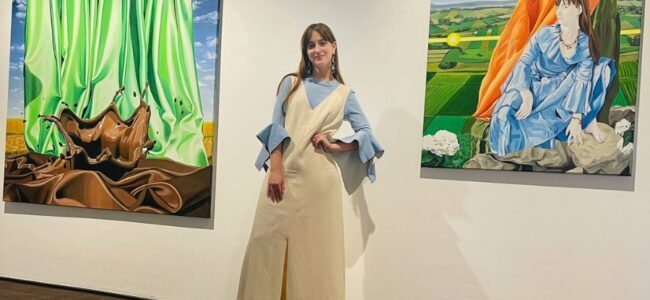
For Ilke Cop the role of an artist in a crumbling world is to create something from nothing.
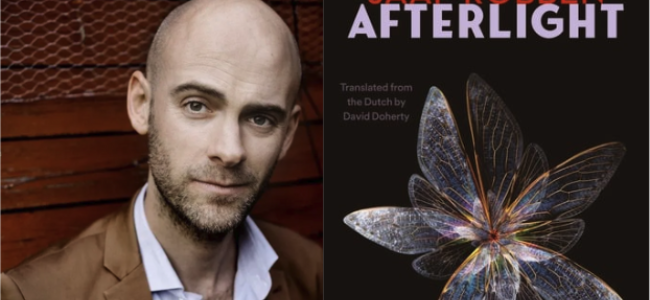
In his third novel, Jaap Robben once again shows himself to be one of the most subtle novelists in the Dutch-speaking world.
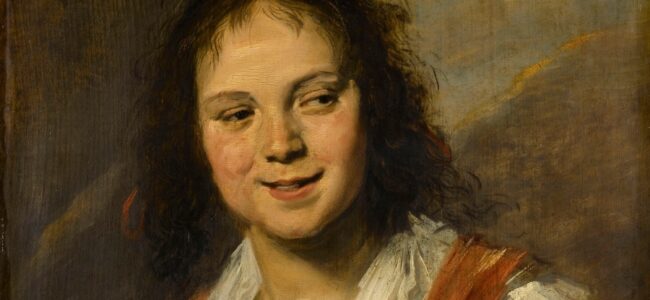
The Rijksmuseum is exhibiting around fifty of Frans Hals' best works. This seventeenth-century master could transform smears of paint into striking portraits like no other.
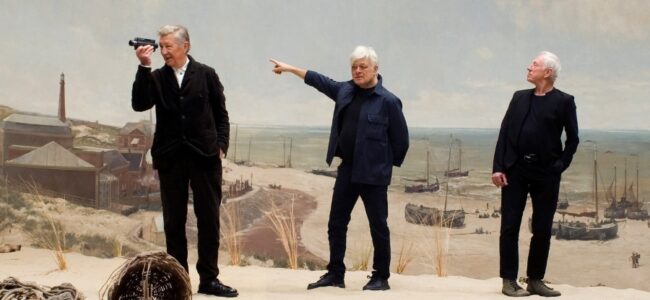
The Amsterdam pop group Nits is celebrating their anniversary with a tour and an EP that sounds as timeless as it is stimulating. Their intelligent pop music sounds both refined and very European.
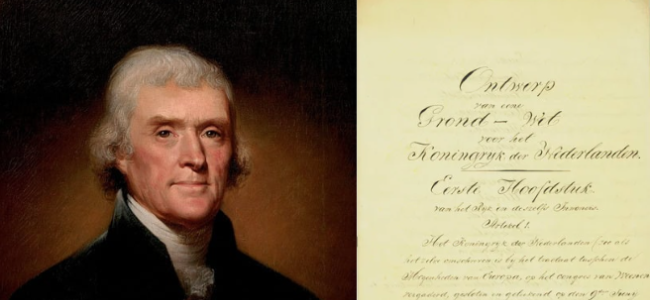
The American Revolution had a significant impact on the Dutch Republic. Not least thanks to Thomas Jefferson, who passed on his political ideals to Gijsbert Karel van Hogendorp, the drafter of the Dutch constitution.
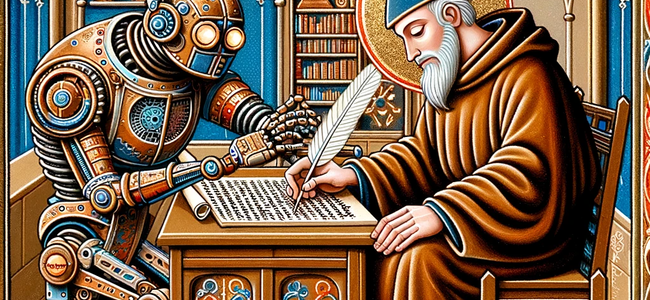
Dutch linguist Marc van Oostendorp is still astonished by what ChatGPT. Nonetheless, he has seamlessly integrated this artificial intelligence into his work.